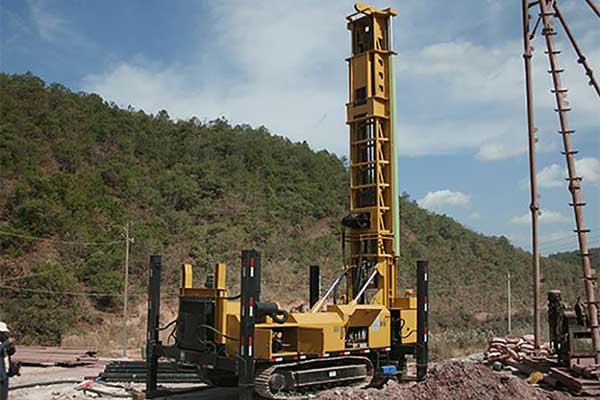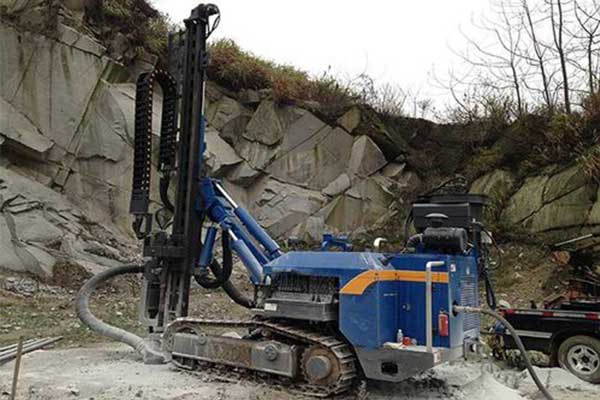How Does a Water Well Drilling Rig Work?
Water is a vital resource for households, agriculture, and industries. In areas where municipal water supplies are unavailable or unreliable, water wells serve as an essential source of fresh water. A water well drilling rig is the primary equipment used to drill deep into the earth to access underground water. Understanding how a water well drilling rig works can help you appreciate the technology behind it and make informed decisions if you need to drill a well.

What is a Water Well Drilling Rig?
A water well drilling rig is a specialized machine designed to bore deep into the ground to extract groundwater. It is used in residential, agricultural, and industrial applications to create wells that provide a consistent water supply. These rigs vary in size and complexity, from portable hand-operated units to large truck-mounted systems.
Key Components of a Water Well Drilling Rig
A water well drilling rig consists of several critical components that work together to drill efficiently:
- Drill Bit – The cutting tool at the bottom of the drill string that breaks through soil and rock.
- Drill Pipe – Connects the drill bit to the surface and transmits rotational force.
- Rotary System – Provides the spinning action needed to drill through various layers of earth.
- Mast or Derrick – A supporting structure that holds and moves the drill pipes.
- Mud Pump and Circulation System – Pumps drilling fluid (mud or water) to cool the bit and remove debris.
- Power Source – Hydraulic system, or electric motor that powers the rig.
- Casing and Well Screen – Pipes inserted into the drilled hole to prevent collapse and filter water.

How a Water Well Drilling Rig Works
The drilling process involves several stages to ensure a stable and clean water source.
1. Site Selection and Preparation
Before drilling, the best location is determined based on groundwater availability. The drilling site is then cleaned and the drilling rig is positioned for operation.
2. Drilling the Borehole
- The rig’s drill bit or hammer penetrates the ground, breaking through soil and rock layers.
- A drilling fluid (mud or air) may be used to cool the drill bit and remove cuttings from the borehole.
- Casing pipes are inserted into the hole to prevent collapse.
3. Well Development
Once the desired depth is reached, remove the debris and drilling fluid. Install a well screen to filter sediment while allowing water to flow in.
4. Pump Installation
A submersible or jet pump is installed to extract water from the well. The choice of pump depends on the well depth and required water flow rate.
5. Water Testing and Maintenance
The well is tested for water quality to ensure it meets safety standards. Regular maintenance, such as cleaning and pump servicing, is necessary for long-term performance
Types of Water Well Drilling Rigs
There are different types of drilling rigs, each suited for specific conditions:
- Rotary Drilling Rigs – Use rotating drill bits for deep and efficient drilling.
- Percussion Drilling Rigs – Use impact force to break through hard rock.
- Auger Drilling Rigs – Use spiral-shaped augers for shallow wells in soft soil.
- Cable Tool Drilling Rigs – Use a heavy chisel to repeatedly strike and break rock formations.
Conclusion
Water well drilling rig is a powerful machine that plays a crucial role in accessing underground water sources. By understanding its components and the drilling process, you can make informed decisions about well installation and maintenance.
Optimize Your Water Well Drilling Project
If you’re looking for high-quality drilling rigs and professional guidance, you can contact us though info@roadskyguardrail.com directly for more information.

